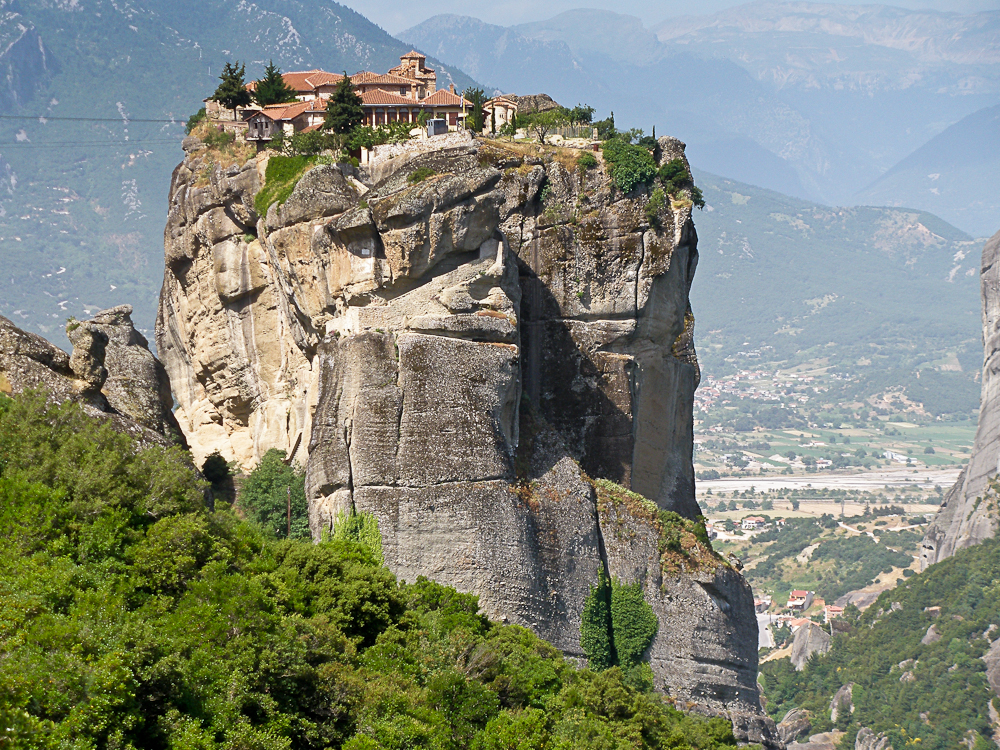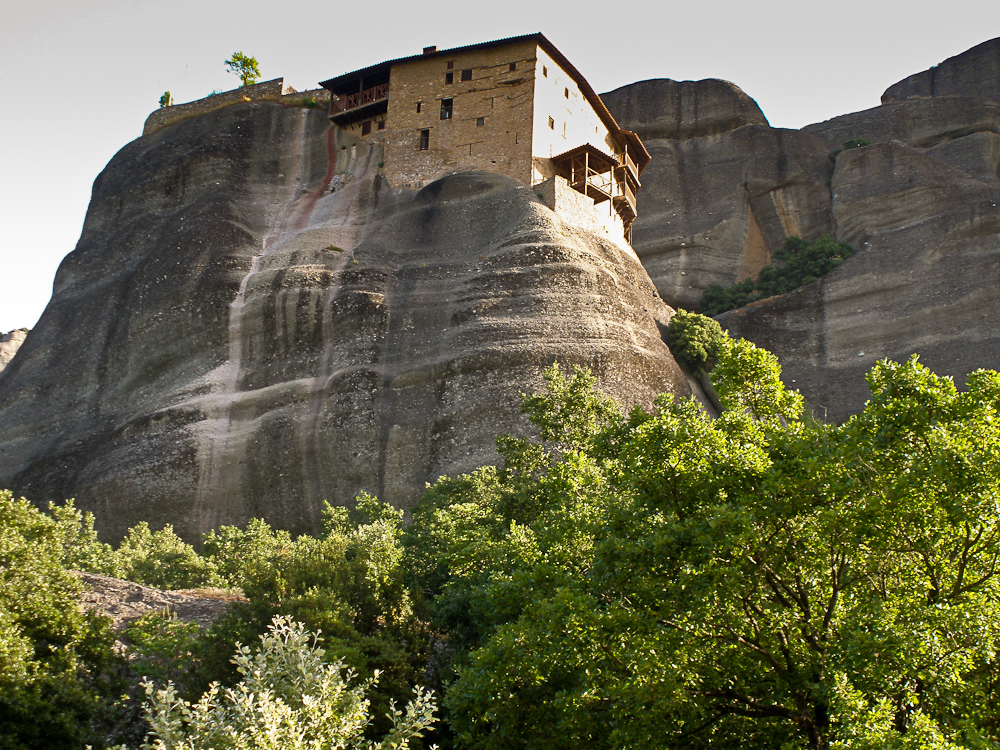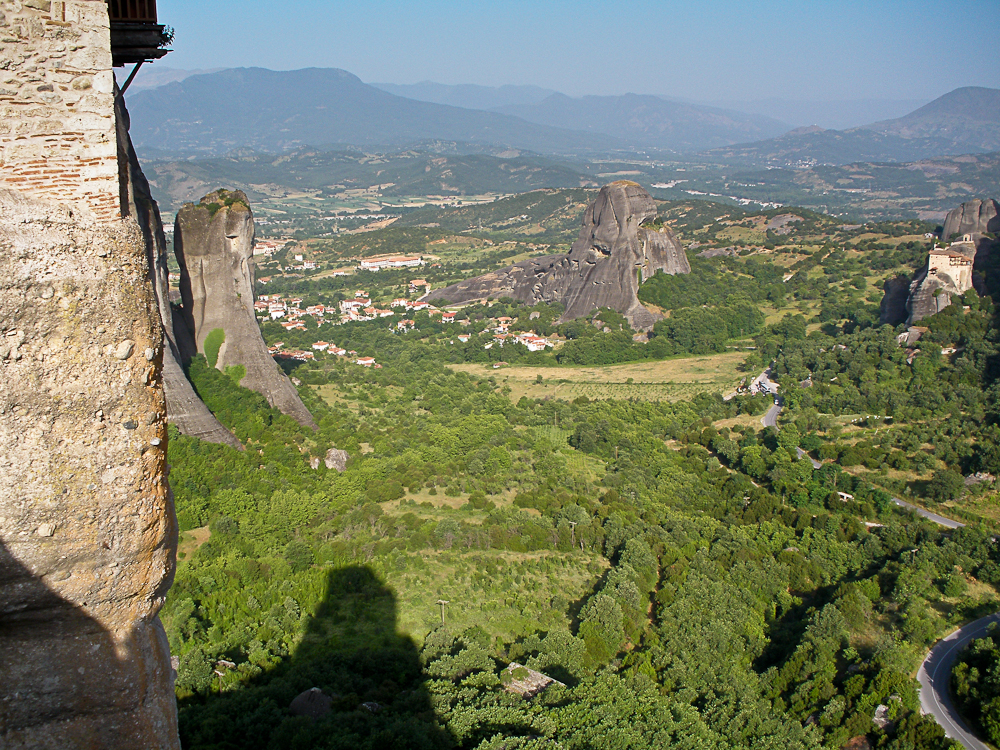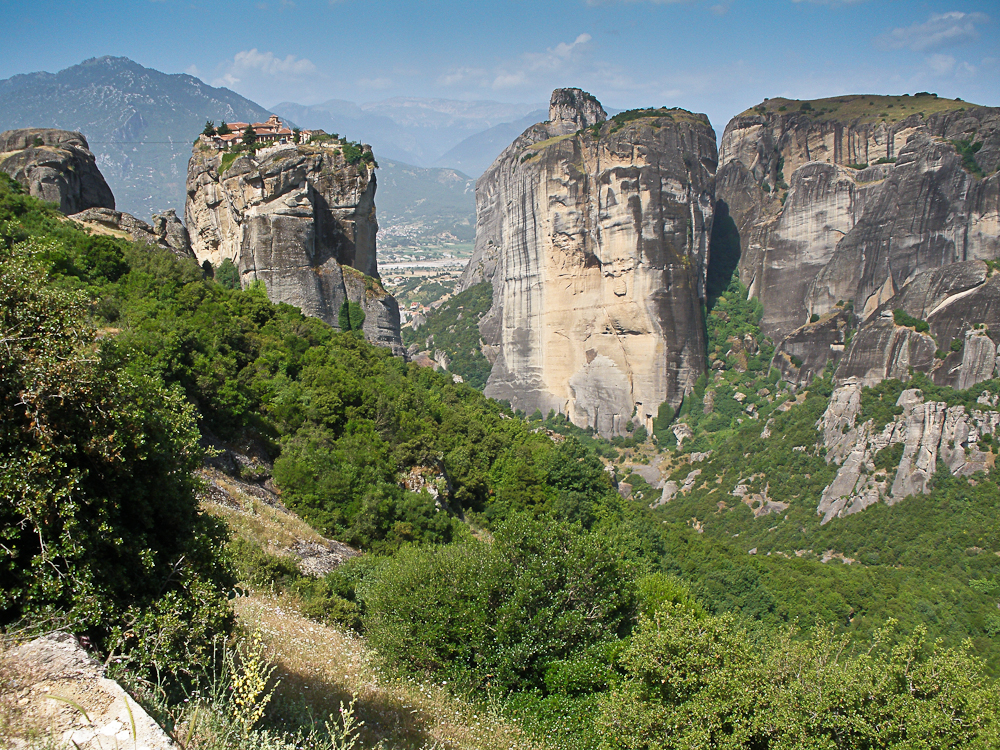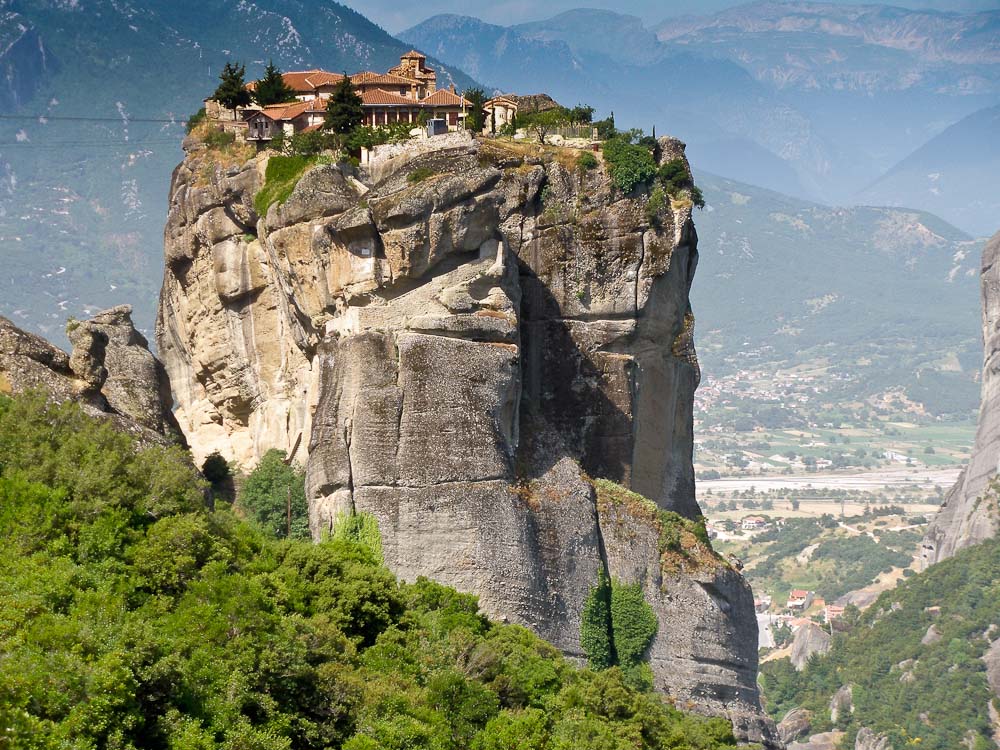 A few years ago when I visited the Monasteries of Metéora, I was fascinated by the murals on the walls of the narthex where new Christians had to wait before being baptised. They were graphic images of what early – and possibly prospective – Christians had to endure for their faith: dismemberment, crucifixion, crushing, flaying and disembowelling.
A few years ago when I visited the Monasteries of Metéora, I was fascinated by the murals on the walls of the narthex where new Christians had to wait before being baptised. They were graphic images of what early – and possibly prospective – Christians had to endure for their faith: dismemberment, crucifixion, crushing, flaying and disembowelling.
If 14th century proselytes were undeterred by the sights in this safe space, they were led into the baptistry for baptism.
The Diocese of Toronto has a safe space too, where transgender youth can escape homophobic slurs and other horrors of the modern world.
Could this have something to do with how we have ended up with a generation of such feeble, enervated, impotent, milquetoast Anglican Christians?
From here:
In a conversation with his mother and aunt in 2015, Mylo Woods talked about how difficult it was to be a trans youth. “Everyone was bullying me, using homophobic slurs, making me feel angry and depressed, even suicidal,” he recalls telling them.
During the conversation, Mylo said he wished he had a place to get away from it all. “I just wanted something for me and other kids where we could be ourselves and forget worrying about those things anymore,” he says.
His comment struck a chord. “In my world, if a child asks you if you can build a safe space for them, you say yes,” says his aunt, the Rev. Erin Martin, the incumbent of St. James the Apostle, Sharon, located about 50 km north of Toronto.
Ms. Martin and Mylo’s mother, Kit Woods, had an idea. What about creating a safe place for LGBTQ youth and their friends at the church? The women, who are sisters, asked some parishioners if they would like to help. They said yes, and in 2016 A Safe Place was born.
Held in the parish hall, the twice-monthly gathering gives LGBTQ youth and their friends an opportunity to hang out together and be themselves. There is no structured program. Sometimes they simply shout out “I’m gay!” or “I’m trans!” or “I don’t know what I am!” It is a release for some of the kids because they can’t say it at home. Often they share stories about their lives such as being misgendered or rejected because they are gay. Then they rally around each other for support. It isn’t all serious – they have a lot of fun as well.
In case anyone thinks I am being callous and unfeeling – well, perhaps I am a little, but not as much as those who are encouraging children to celebrate their mental disorder rather than help them cure it.


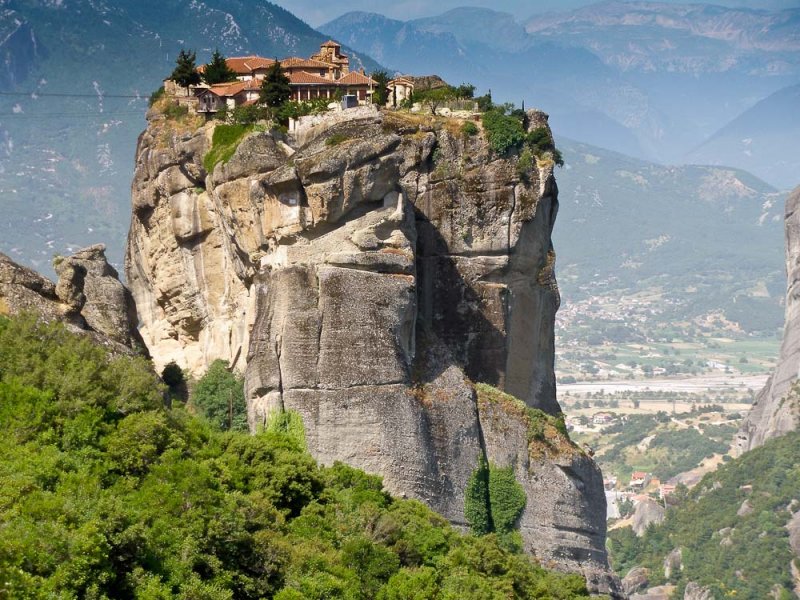 A few years ago, I visited the monasteries of Meteora in Greece. The Great Meteoron monastery is the largest and oldest and was established around 1340 by St. Athanasios Meteorites.
A few years ago, I visited the monasteries of Meteora in Greece. The Great Meteoron monastery is the largest and oldest and was established around 1340 by St. Athanasios Meteorites.